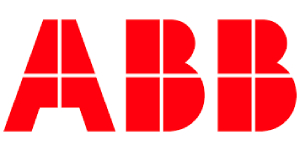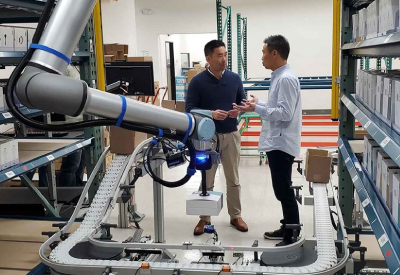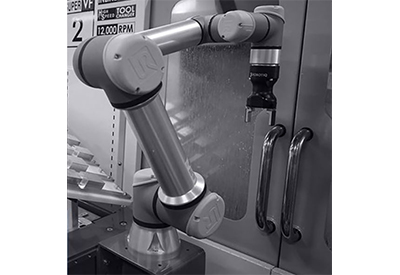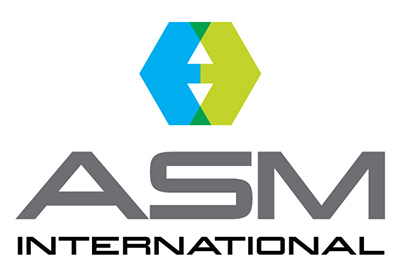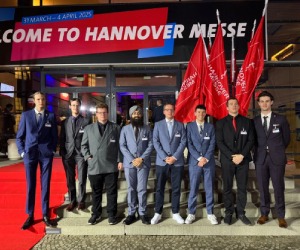Packaging Supplier Improves Efficiency and Cuts Injury Risk with ABB Robot Cell
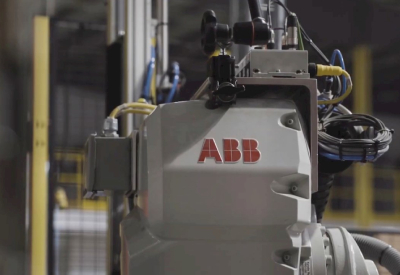
August 18, 2022
Summary
The application:
Assembly and stacking of fresh produce boxes
The challenge:
Load machines efficiently using fewer staff and reducing risk of injury to workers associated with lifting and repetitive tasks
The solution:
Fully mechanized loading, production and stacking system, featuring two ABB IRB 4600 robots to stack finished boxes and flip the top box of the stack to avoid ingress of dust.
Well-made protective packaging is key to ensuring that foods such as fresh fruit and vegetables arrive on supermarket and grocery shelves in peak condition. Keeping pace with demand means that this packaging needs to be produced as quickly as possible without compromising either quality or strength. Orora Fresh Packaging Solutions is achieving this at its Canada HQ using an ABB robot cell to help assemble, load, and lift its protective cardboard packaging products for the fresh food industry. As well as helping to boost efficiency, the cell is enabling the company to make better use of its workforce, with fewer people needed to run its packaging line. By reducing the need for staff to handle the packaging, the risk of injuries associated with lifting and performing repetitive actions is also minimized.
At its plant in Kingsville, Orora Fresh Packaging Solutions produces plastic and corrugated cardboard trays for the transportation and storage of fresh produce such as fruit and vegetables. The process involves pre-cut corrugated sheets being loaded into the machine, which forms the boxes ready for stacking on pallets, wrapping and dispatch.
The company was faced with several challenges – including the need to boost productivity and improve the quality of work for existing employees. With material handling and packing included on Canada’s occupation shortage list, the company was also having trouble in hiring staff.
“Manufacturing is one of many sectors in Canada that is struggling to find staff. Statistics Canada figures show around 87,000 job vacancies for the first quarter of 2022, and there is no relief in sight for the near future.,” says Nicolas Durand, Head of ABB’s Robotics Business in Canada. “This is having a big impact on the ability of companies to meet demand for their products, requiring them to find new ways of handling the work.”
Before the installation of its new automated solution, staff at Orora Fresh could load only 10-15 sheets of cardboard at a time, needing to repeat this action many times in a shift. Stacking the completed boxes was also manually based. The repetitive nature of the job and the sometimes high temperatures experienced in the plant had led to difficulties when trying to employ extra staff to cover for seasonal peaks.
Frank Pavicic, Human Resources Manager, Orora Fresh, says: “We had some older machines that posed challenges in loading and reaching when loading the cardboard, causing the potential for injuries to people. During summer months, the cardboard loading area could also become unpleasantly warm, which led to a high turnover of staff as people did not want to work there.”
A durable solution
To get the right solution for its needs, Orora Fresh worked with AIS Technologies Group. Summing up the requirements of an automated solution, Shawn Horton, Director of Marketing and Business Development for AIS Technologies Group, says: “Can we do things more efficiently, can we reduce labor, can we produce a more ergonomically friendly system?
“We chose ABB to help us build a solution because we were looking for a durable product that met our needs, met Orora’s needs and would also stand the test of time.”
AIS technologies came up with a solution based on two ABB IRB 4600 robots. Corrugated cardboard sheets are loaded into a magazine, which can take 250 at a time. The sheets are then drawn into shape in the box forming machine. A vision system looks for issues such as correct gluing or any tags sticking out. If a finished box does not meet these requirements, it is rejected.
Boxes then go into the stacker, where an ABB robot stacks an entire pallet with boxes to the correct height for transport. The second robot then flips the box over to form a cap, preventing the ingress of dust into the boxes, and then places the boxes into a proper pallet formation.
This video shows how the ABB Robot Cells helped the packaging company become more productive
{videobox}k4m1MU3Y7g8{/videobox}
Variable boxes pose a challenge
While developing the new system, one of the biggest challenges was the variability in the boxes. The flipping maneuver requires two motions, first lifting the box and then inverting it. This involves removing the handling device used to lift the box and then holding it with another device to turn it over and put it back on the stack. AIS simulated these movements using ABB’s RobotStudio offline programming and simulation suite. Some 95 percent of the development work was done in RobotStudio, with five percent done on a physical prototype.
“Using RobotStudio greatly reduced the commissioning time,” says Horton. “If we had not been able to simulate offline then we wouldn’t have been able to do it at all.”
Efficiency at the plant has improved as five box machines that needed 10 people can now be run by three. Overall, each machine can run 6000-7000 boxes. Although this is a lower volume than previously, cost savings are still achieved through staff savings and greater quality of end products.
Although staff were initially wary that the new system would result in job losses, no full-time employees were eliminated. “Once they saw the scope of work and our commitment to investing in our facilities, they were very positive,” says Pavicic. The new efficiencies have freed up people to run different types of machines, while the new system has eliminated repetitive strain injuries and reduced risk of trips and falls.
Adds Mackenzie: “Being able to produce a quality product the first time, running through an automated system, reduces our scrap and our downtime and gets our product to the customer in a priority manner.”

